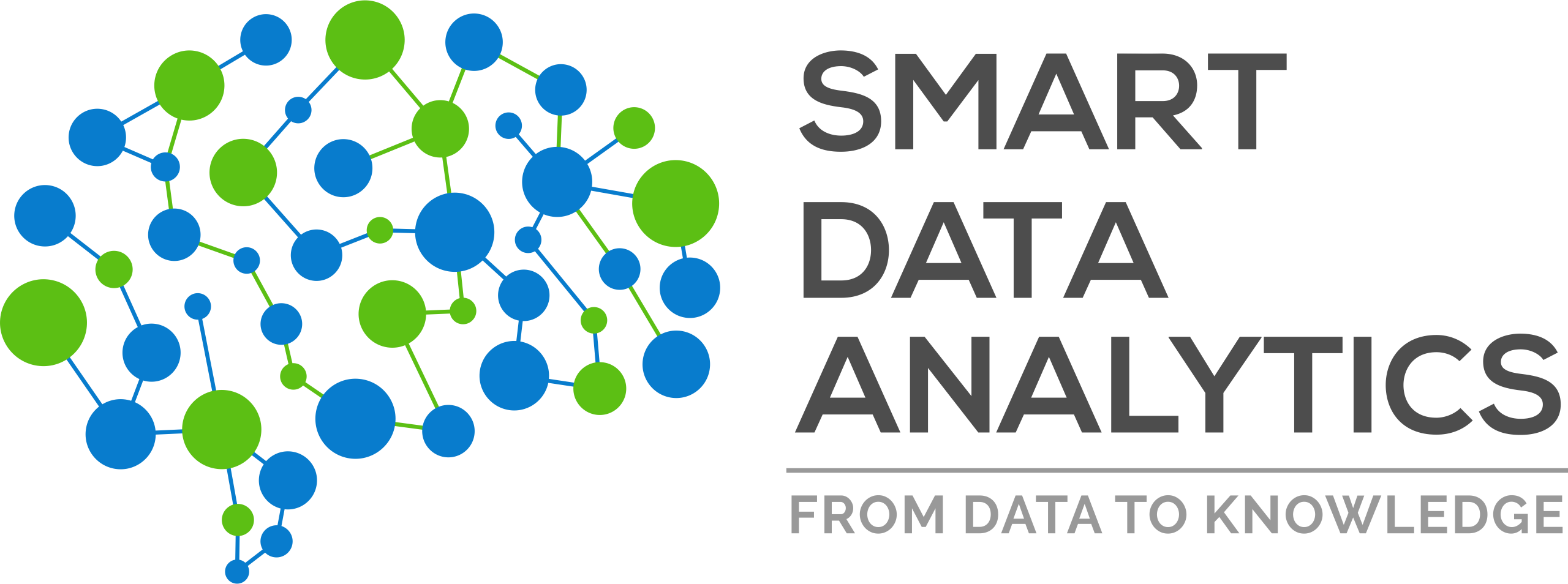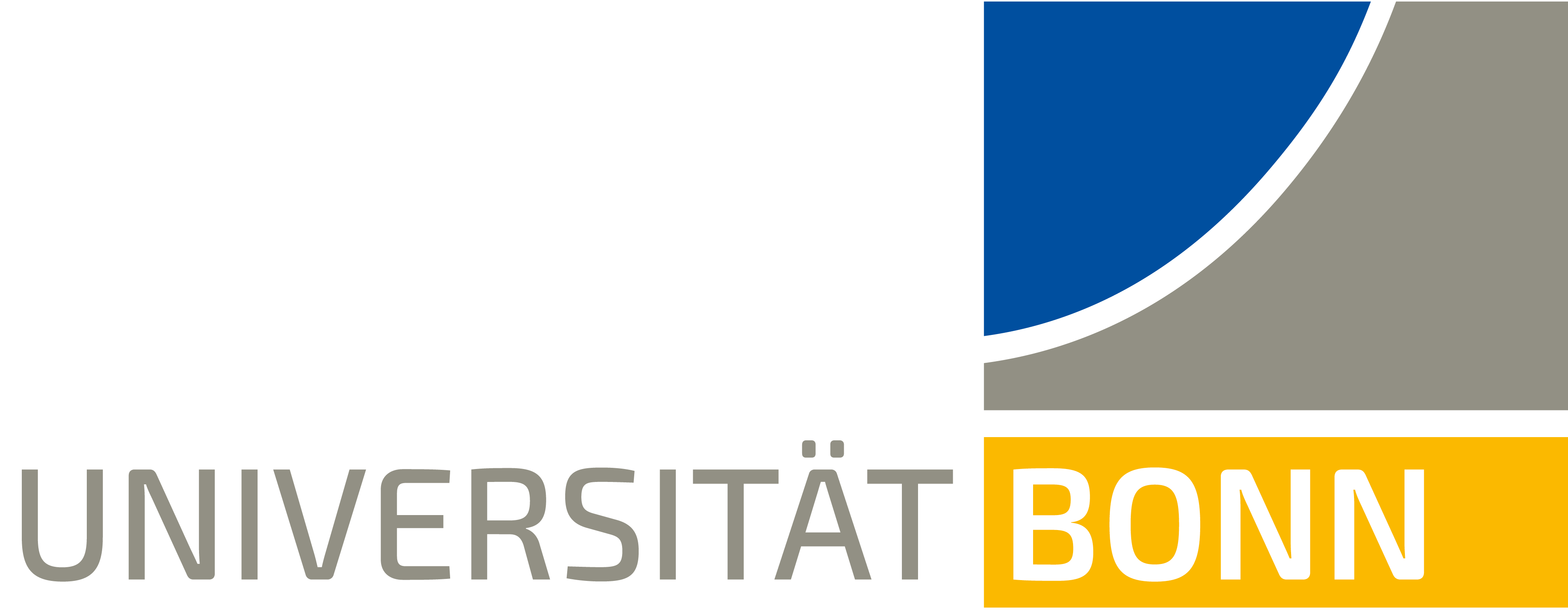Task Description
In this challenge, given a question in natural language, the task is to predict type of the answer using a set of candidates from a target ontology.
Usage
title={{SeMantic AnsweR Type prediction task (SMART) at ISWC 2020 Semantic Web Challenge}},
author={Nandana Mihindukulasooriya and Mohnish Dubey and Alfio Gliozzo and Jens Lehmann and Axel-Cyrille Ngonga Ngomo and Ricardo Usbeck},
journal={CoRR/arXiv},
year={2020},
volume={abs/2012.00555},
url={https://arxiv.org/abs/2012.00555}
}
- Find the train and test splits at our github repo also..
- We're in the process of creating a one-click benchmarking process. For the time being, please contact us to report your results.
TBD
- [RELEASE] First version of the dataset released with 30,000 datapoints.
- lc-quad.sda.tech published
Leaderboard
SMART - DBpedia dataset
| System | Accuracy | NDCG@5 | NDCG@10 |
|---|---|---|---|
| Setty et al. | 0.98 | 0.80 | 0.79 |
| Nikas et al. | 0.96 | 0.78 | 0.76 |
| Perevalov et al. | 0.98 | 0.76 | 0.73 |
| Kertkeidkachorn et al. | 0.96 | 0.75 | 0.72 |
| Ammar et al. | 0.94 | 0.62 | 0.61 |
| Vallurupalli et al. | 0.88 | 0.54 | 0.52 |
| Steinmetz et al. | 0.74 | 0.54 | 0.52 |
| Bill et al. | 0.79 | 0.31 | 0.30 |
SMART - Wikidata dataset
| System | Accuracy | MRR |
|---|---|---|
| Setty et al. | 0.97 | 0.68 |
| Kertkeidkachorn et al. | 0.96 | 0.59 |
| Vallurupalli et al. | 0.85 | 0.40 |
References
Ammar Ammar, Shervin Mehryar, and Remzi Celebi
Eleanor Bill and Ernesto Jiménez-Ruiz
Natthawut Kertkeidkachorn, Rungsiman Nararatwong, Phuc Nguyen, Ikuya Yamada, Hideaki Takeda, and Ryutaro Ichise
Christos Nikas, Pavlos Fafalios, and Yannis Tzitzikas
Aleksandr Perevalov and Andreas Both
Vinay Setty and Krisztian Balog
Nadine Steinmetz and Kai-Uwe Sattler
Sai Vallurupalli, Jennifer Sleeman, and Tim Finin
Example Questions and Answer Types
| Question | Answer Type | |
|---|---|---|
| DBpedia | Wikidata | |
| Who is the heaviest player of the Chicago Bulls? | dbo:BasketballPlayer | wd:Q3665646 |
| Which languages were influenced by Perl? | dbo:ProgrammingLanguage | wd:Q9143 |
| Give me all actors starring in movies directed by and starring William Shatner. | dbo:Actor | wd:Q33999 |
| How many employees does IBM have? | number | number |
Dataset
We provide two datasets for this task, one using the DBpedia ontology and the other using the Wikidata ontology. Both follow the structure shown below.
Each question will have a (a) question id, (b) question text in natural language, (c) an answer category ("resource"/"literal"/"boolean"), and (d) answer type.
If the category is "resource", answer types are ontology classes from either the DBpedia ontology or the Wikidata ontology. If category is "literal", answer types are either "number", "date", or "string". "boolean" answer type. If the category is "boolean", answer type is always "boolean".
[
{
"id": "dbpedia_1",
"question": "Who are the gymnasts coached by Amanda Reddin?",
"category": "resource",
"type": ["dbo:Gymnast", "dbo:Athlete", "dbo:Person", "dbo:Agent"]
},
{
"id": "dbpedia_2",
"question": "How many superpowers does wonder woman have?",
"category": "literal",
"type": ["number"]
}
{
"id": "dbpedia_3",
"question": "When did Margaret Mead marry Gregory Bateson?",
"category": "literal",
"type": ["date"]
},
{
"id": "dbpedia_4",
"question": "Is Azerbaijan a member of European Go Federation?",
"category": "boolean",
"type": ["boolean"]
}
]
Dataset statistics:
The DBpedia dataset contains 21,964 (train - 17,571, test - 4,393) questions and the Wikidata dataset contains 22,822 (train - 18,251, test - 4,571) questions.
DBpedia training set consists of 9,584 resource questions, 2,799 boolean questions, and 5,188 literal (number - 1,634, date - 1,486, string - 2,068) questions.
Wikidata training set consists of 11,683 resource questions, 2,139 boolean questions, and 4,429 literal questions.
Evaluation Metrics
For each natural language question in the test set, the participating systems are expected to provide two predictions: answer category and answer type. Answer category can be either "resource", "literal" or "boolean".
If answer category is "resource", the answer type should be an ontology class (DBpedia or Wikidata, depending on the dataset). The systems could predict a ranked list of classes from the corresponding ontology. If answer category is "literal", the answer type can be either "number", "date" or "string".
Category predication will be considered as a multi-class classification problem and accuracy score will be used as the metric. For type predication, we will use the metric lenient NDCG@k with a Linear decay from the paper from Balog and Neumayer.
We will provide more details on evaluation and the evaluations scripts soon.
Submission Details
Participants are requested to submit the system output for the test data. The format is as same as the training data. In addition, the participants are requested to submit a system description that will be included in a joint ISWC challenge proceedings volume in CEUR. System descriptions must be in English either in PDF or HTML, formatted in the style of LNCS, and no longer than 12 pages. Submissions can be sent via email or through the slack workspace. The accepted systems will get the opportunity to show their results during the ISWC 2020 poster and demo session.
Important Dates
| Date | Description |
|---|---|
| 06 May 2020 | Release of the training set. |
| 07 September 2020 | Release of the test set. |
| 28 September 2020 | Submission of system output and system description. |
| 1 October 2020 | Publication of results and notification of Acceptance for Presentation. |
| 07 October 2020 | Camera-ready submission. |
| 2-6 November 2020 | ISWC Conference |











